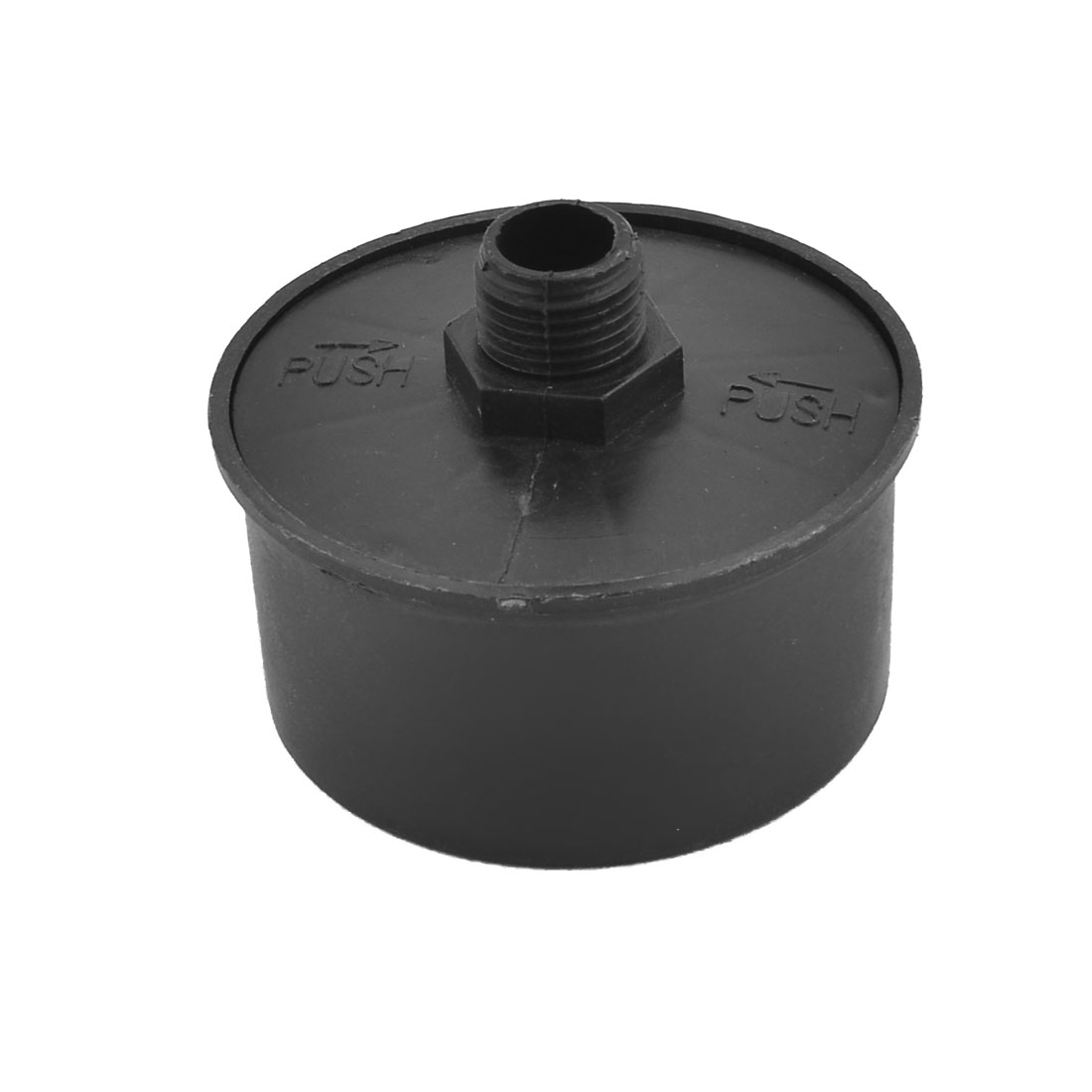
- #ZIP DECOMPRESSOR ZIP FILE#
- #ZIP DECOMPRESSOR UPDATE#
- #ZIP DECOMPRESSOR PORTABLE#
- #ZIP DECOMPRESSOR CODE#
Lossless compression methods may be categorized according to the type of data they are designed to compress. Most popular types of compression used in practice now use adaptive coders. Both the encoder and decoder begin with a trivial model, yielding poor compression of initial data, but as they learn more about the data, performance improves.
#ZIP DECOMPRESSOR UPDATE#
Adaptive models dynamically update the model as the data is compressed. This approach is simple and modular, but has the disadvantage that the model itself can be expensive to store, and also that it forces using a single model for all data being compressed, and so performs poorly on files that contain heterogeneous data. There are two primary ways of constructing statistical models: in a static model, the data is analyzed and a model is constructed, then this model is stored with the compressed data. Arithmetic coding achieves compression rates close to the best possible for a particular statistical model, which is given by the information entropy, whereas Huffman compression is simpler and faster but produces poor results for models that deal with symbol probabilities close to 1. The primary encoding algorithms used to produce bit sequences are Huffman coding (also used by the deflate algorithm) and arithmetic coding. frequently encountered) data will produce shorter output than "improbable" data. Most lossless compression programs do two things in sequence: the first step generates a statistical model for the input data, and the second step uses this model to map input data to bit sequences in such a way that "probable" (i.e.
#ZIP DECOMPRESSOR PORTABLE#
Lossless audio formats are most often used for archiving or production purposes, while smaller lossy audio files are typically used on portable players and in other cases where storage space is limited or exact replication of the audio is unnecessary. Some image file formats, like PNG or GIF, use only lossless compression, while others like TIFF and MNG may use either lossless or lossy methods. Typical examples are executable programs, text documents, and source code. Lossless compression is used in cases where it is important that the original and the decompressed data be identical, or where deviations from the original data would be unfavourable. lossless mid/side joint stereo preprocessing by MP3 encoders and other lossy audio encoders). It is also often used as a component within lossy data compression technologies (e.g.
#ZIP DECOMPRESSOR ZIP FILE#
For example, it is used in the ZIP file format and in the GNU tool gzip. Lossless data compression is used in many applications.

#ZIP DECOMPRESSOR CODE#
Therefore, compression ratios tend to be stronger on human- and machine-readable documents and code in comparison to entropic binary data (random bytes). For this reason, many different algorithms exist that are designed either with a specific type of input data in mind or with specific assumptions about what kinds of redundancy the uncompressed data are likely to contain.

By contrast, lossy compression permits reconstruction only of an approximation of the original data, though usually with greatly improved compression rates (and therefore reduced media sizes).īy operation of the pigeonhole principle, no lossless compression algorithm can efficiently compress all possible data. Lossless compression is possible because most real-world data exhibits statistical redundancy. Lossless compression is a class of data compression that allows the original data to be perfectly reconstructed from the compressed data with no loss of information. Data compression approach allowing perfect reconstruction of the original data


 0 kommentar(er)
0 kommentar(er)
